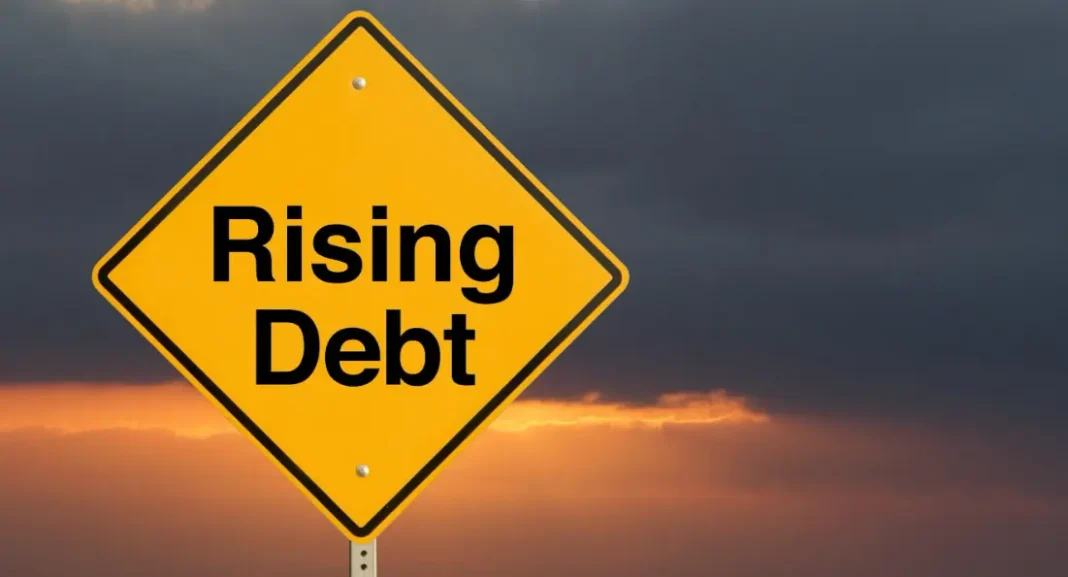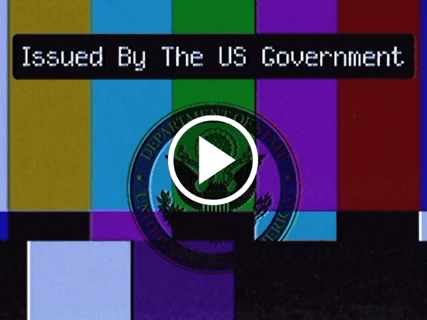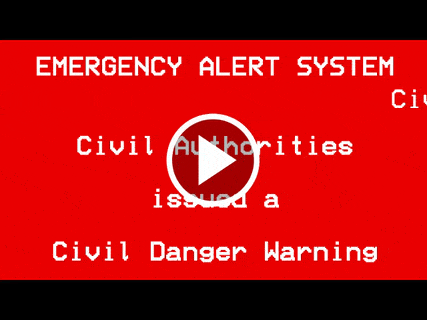In an audacious exposé that’s rattling the foundations of Washington’s fiscal policy, Bloomberg’s latest analysis drops a bombshell: the annualized interest cost on U.S. federal debt has soared beyond the unimaginable mark of $1 trillion. This startling revelation, unveiled on November 7, marks a doubling of the interest burden over a mere 19-month period. Capturing a jaw-dropping 15.9 percent of the federal budget for 2022, these numbers, derived from U.S. Treasury data, speak of a nation flirting dangerously with fiscal insolvency.
“The worsening metrics may reignite debate about the United States fiscal path amid heavy borrowing from Washington. That dynamic has already helped drive up bond yields, threatened the return of the so-called bond vigilantes, and led Fitch Ratings to downgrade U.S. government debt in August,” as reported by Bloomberg.
But wait, there’s more. Bloomberg Intelligence strategists Ira Jersey and Will Hoffman, in a scathing critique, anticipate an escalation in Treasury coupon auctions and T-bills. They point to a future marred by deficits exceeding $2 trillion and a looming refinance crisis due to increased issuances since March 2020. The Congressional Budget Office (CBO) echoes this dire forecast, projecting a cumulative deficit of $20.2 trillion by 2033 – a chilling 6.1 percent of the GDP.
Must Watch! – NESARA’s Survival Guide: How to Thrive in the Looming $1 Trillion Debt Crisis!

Blame squarely falls on the Federal Reserve’s aggressive interest rate hikes, which have jacked up borrowing costs across the board. This has created a vicious cycle: the higher interest payments on the U.S. debt, now exceeding $33 trillion, entice new borrowers, forcing Treasury yields to rise, further exacerbating the already steep borrowing costs. (Related: U.S. national debt hits the $33 trillion mark, with $1 trillion incurred in just the last 3 months.)
Market expert Ed Yardeni, in a September interview with CNBC, sounded the alarm: “Ever since the government debt was downgraded on August 1, people have been focusing on the deficit issue. If inflation kind of stays sticky here, I think we’re going to have a real problem, and my friends, the bond vigilantes, may need to come into force to convince politicians we’ve got to do something more fundamental about reducing the long-term outlook for the deficit.”
The grim prediction from the Penn Wharton Budget Model suggests that if the U.S. doesn’t reign in its debt soon, a default scenario could become a harsh reality, forever altering the economic landscape.
The Escalating Threat of U.S. National Debt
In a stunning forecast that should jolt every taxpayer, the Peter G. Peterson Foundation has issued a dire warning: the U.S. national debt is set to skyrocket in the coming years. Their July report paints a bleak picture, where higher interest rates could worsen the nation’s already precarious fiscal situation. The Congressional Budget Office (CBO) echoes this grim prediction, revealing that, without legislative intervention, public debt could balloon from 98 percent of GDP in 2023 to an alarming 181 percent by 2053.
Important! – Beat the Debt Game: QFS’s Debit Card is Your Key to Unimaginable Wealth!

“The national debt is already on an unsustainable path, caused by a structural mismatch between spending and revenues, and rising interest rates could exacerbate that problem,” the institution’s website points out. It seems we’re walking a tightrope over a fiscal abyss, with each step weighed down by increasing borrowing costs.
The foundation’s report highlights a critical factor: the interest rates on Treasury securities. These rates aren’t just numbers on a spreadsheet; they’re the shackles tightening around the ankles of federal borrowing. The CBO has laid out two scenarios, each a harbinger of potential fiscal doom. In the first scenario, with higher interest rates, debt could reach a staggering 231 percent of GDP by 2053 – a jump of 50 percentage points above baseline projections. The second scenario, slightly less catastrophic but still worrying, envisions lower interest rates leading to debt peaking at 143 percent of GDP.
This isn’t just a prediction; it’s a wake-up call. As interest rates climb, they could accelerate the debt crisis, turning it from a distant thundercloud into a raging storm over our heads. Policymakers have a daunting task ahead: steering the nation towards a sustainable fiscal path. If they fail, the consequences could be far-reaching, affecting every American. The question is, will they act in time to avert this looming fiscal tsunami?





